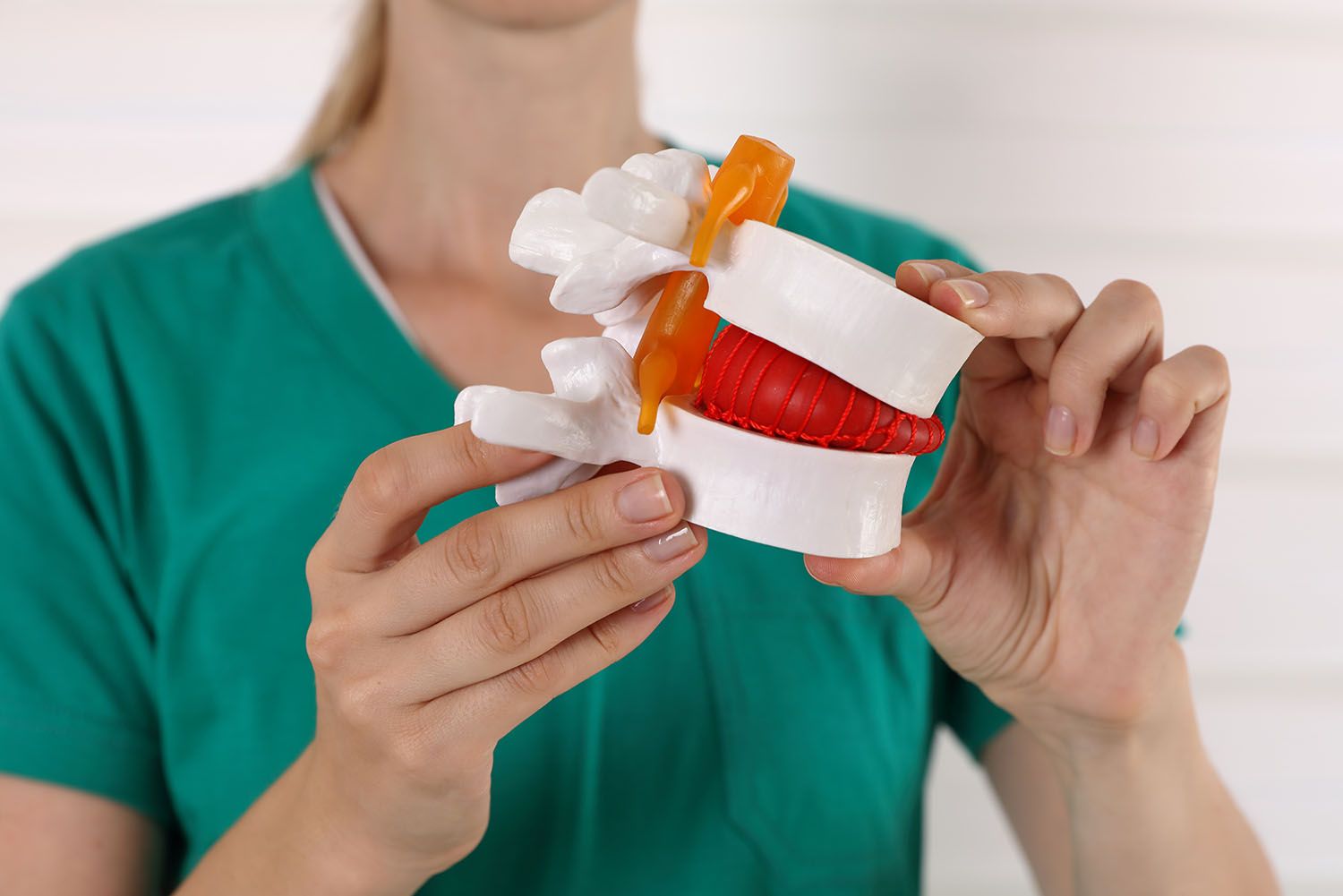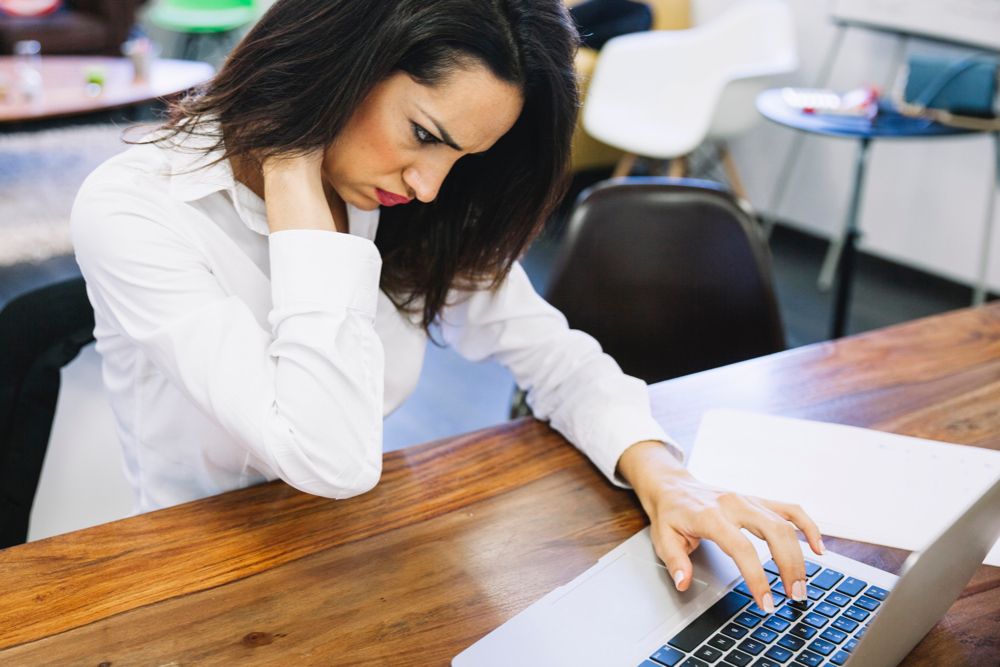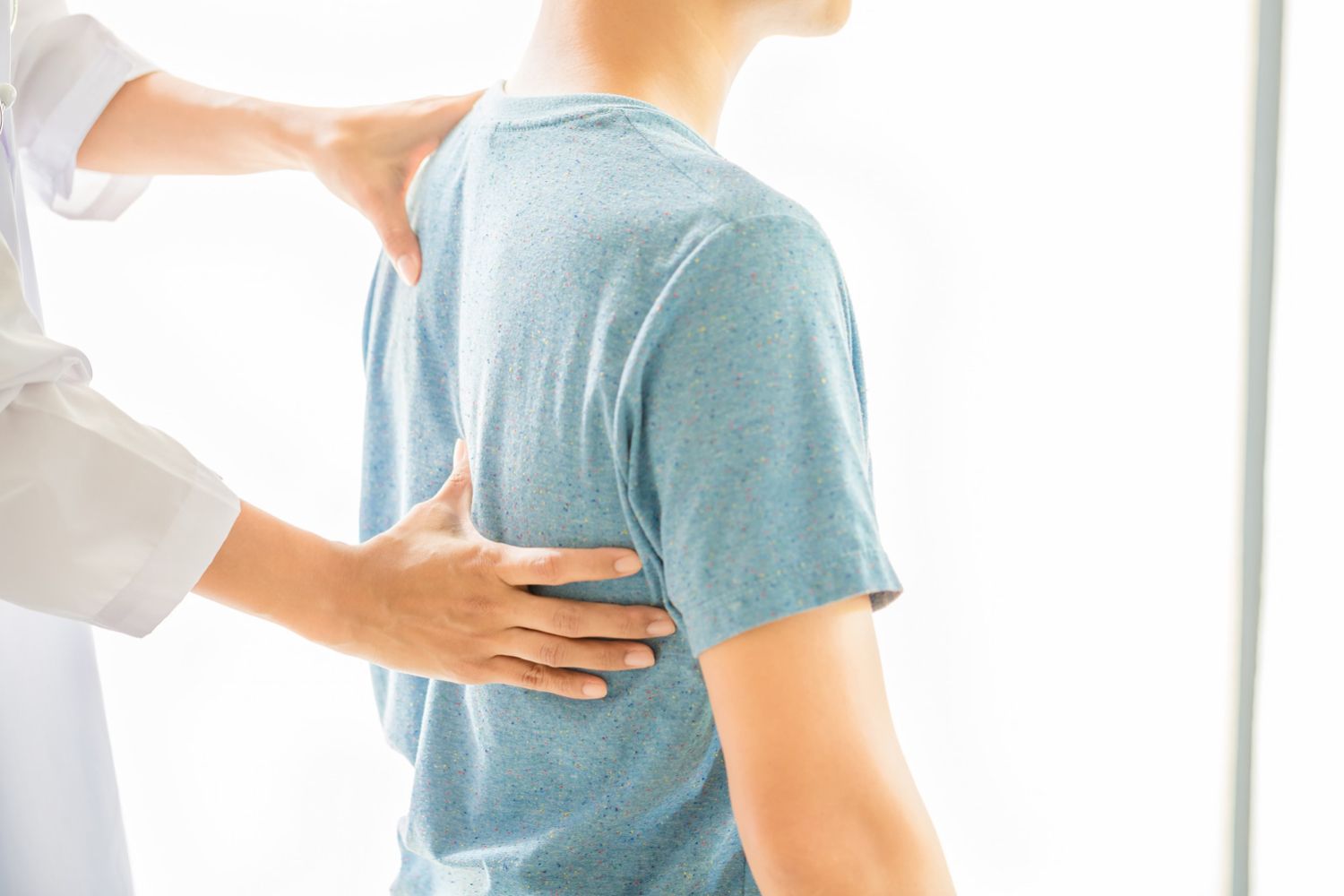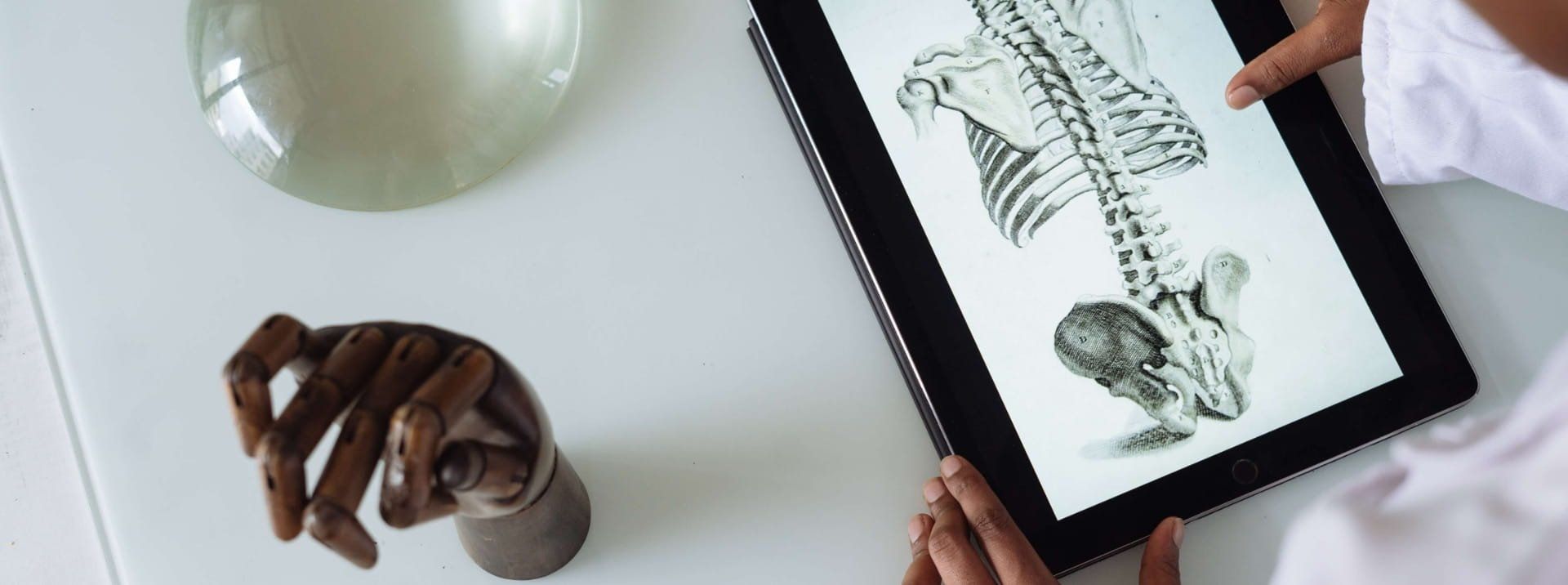
Mgr. Kateřina Klimešová
Physical Therapist and Nordic Walking Instructor
I am a physical therapist with over 10 years of experience, specializing in spine and spinal cord injuries. I am also a Nordic walking instructor accredited by the Czech Ministry of Education, and personal physical therapist to the current Czech champion and Czech indoor record holder in disability shot put.
My Story
My journey hasn't been easy, much less short. In the more than ten years I've worked in the field, I've invested a considerable amount of time and money in my education. Working as a physical therapist taught me how to treat my body well, how to move properly, and how to do sports with maximum results for minimal effort and risk of injury. I've honed my skills on myself as well as my clients. Working with others has also shown me how little the average person knows about their own body.
Which is why, aside from practicing physical therapy, I also write articles, give consultations, and train new experts. I'm sure there are many people in general and around me in particular who may be on a similar journey or dealing with similar problems that I or my clients had. If you're one of them, I can help you solve the problem and move forward.
I love what I do. It feels amazing to watch a happy client whose problem you helped solve; it's what gives me the strength to keep going ever forward. It proves to me I have a place in this world and am contributing something to it.
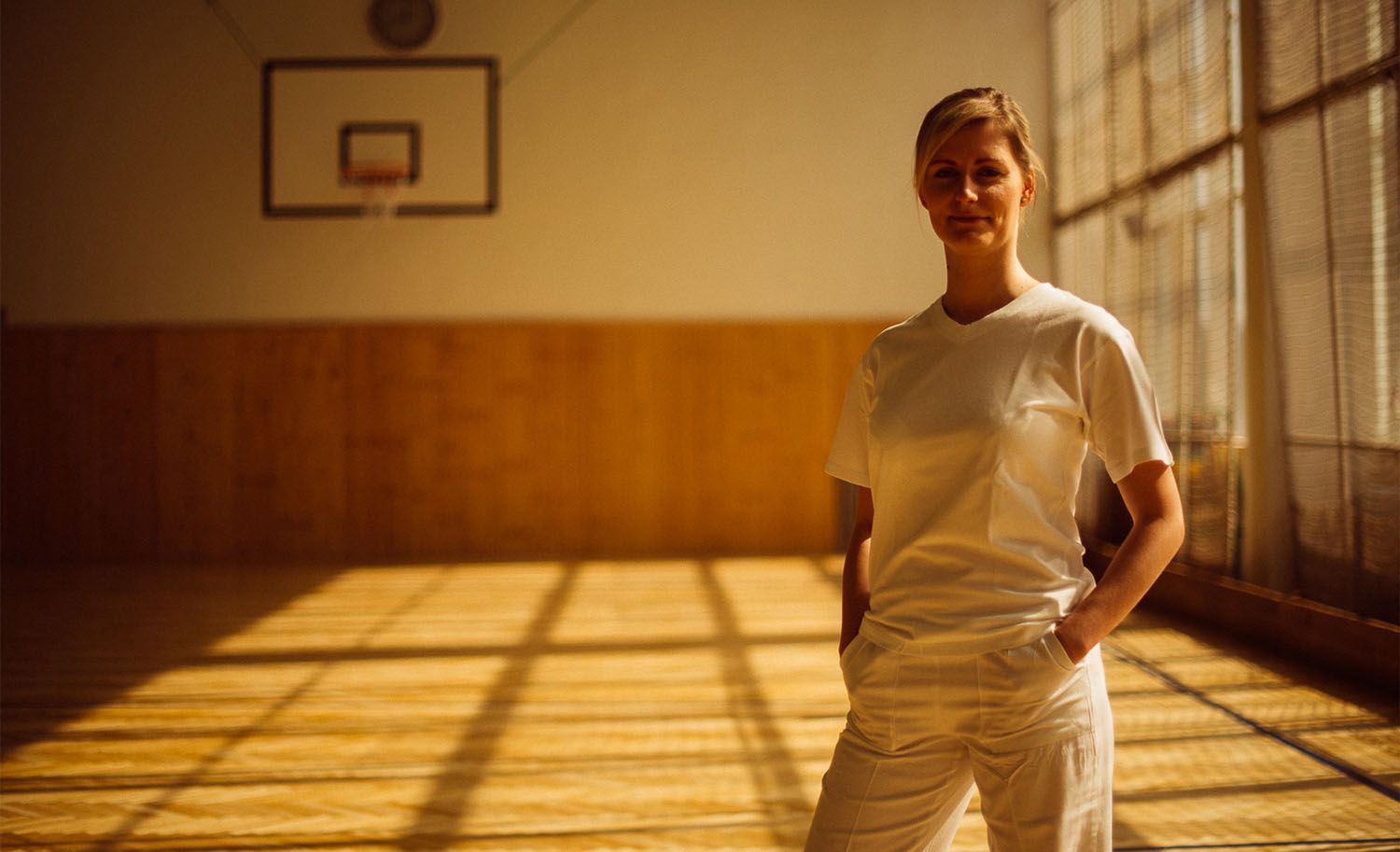
Education and Training Courses
- 2007 – 2009: Bachelor's in Physical Therapy, Ostrava University School of Medicine
- 2010 – 2012: Master's in Physical Therapy, Slovak Medical University School of General Healthcare
- 2009: Principles of Proper Posture and Seated Posture
- 2010: Physical Therapy and Training in Sports
- 2010: Treatment of Pelvic Floor Musculature Using Mojžíšová's Technique
- 2010: Painful Shoulder Syndrome
- 2010: Sacroiliac Joint and Lumbar Spine Mobilization Using Mojžíšová's Technique
- 2011: Medical Taping Concept
- 2012: Prof. Kolář's Dynamic Neuromuscular Stabilization Technique
- 2012: MUDr. Richard Smíšek's SM System
- 2013: Diagnosis and Therapy of Functional Disorders
- 2013: J. Čápová's Basal Postural Program (BPP) Therapy Concept
- 2014: SM System – Advanced Exercise Course
- 2014: Spine Stabilization Through Spiral Stabilizing Muscles – Active Scoliosis Treatment
- 2016: Czech Ministry of Education Accredited Nordic Walking Instructor
- 2017: Using Modern Technology in Rehabilitation
- 2018: New Developments in Total Shoulder Endoprosthesis
- 2018: Neurogenic Bladder Care
- 2018: Soft Shoulder
- 2019: Orthotics and Its Potential in Physical Therapy
- 2019: EKSO BIONICS – Locomotion Therapy Exoskeleton
Professional History
- since 2009: Spine and Spinal Cord Injury Physical Therapy Specialist, Hrabyně Rehabilitation Institute, Hrabyně, Czech Republic
- since 2009: Zebris Rehawalk System Analysis, Diagnosis and Therapy Team
- since 2009: Regular lecturer at neurology and orthopaedics conferences
- since 2015: Private Rehabilitation Practitioner, cviceniskatkou.cz (in Czech). Group exercises for musculoskeletal pain prevention.
- since 2016: Czech Ministry of Education Accredited Nordic Walking Instructor. Individual and group lessons for the nationwide Nordic Walking Point network (link in Czech).
- since 2018: Core Team Member, Nordic Sports (in Czech). Group lessons, Nordic walking training (link in Czech) for physicians, physical therapists and trainers. Training of new Nordic walking instructors.
Conferences Attended
- 2014: Pomocné prostředky usnadňující život spinálních pacientů ("Quality of Life Aids for Spinal Patients")
- 2015: Sympozium péče o spinálního pacienta ("Spinal Patient Care Symposium")
- 2016: III. Sympozium roboticky asistované rehabilitace ("3rd Robotically Assisted Rehabilitation Symposium")
- 2017: X. Odborná konference a setkání spinálních jednotek ("10th Spinal Care Unit Professional Conference and Meeting") – speaker
- 2017: IV. Sympozium roboticky asistované rehabilitace ("4th Robotically Assisted Rehabilitation Symposium") – speaker
- 2017: IV. Kladruby Symposium on Interdisciplinary Neurorehabilitation – speaker
- 2017: VII. Sympozium rehabilitační a lázeňské medicíny ("7th Rehabilitation and Sanatorium Medicine Symposium") – speaker
- 2018: 3rd Rožnov Interdisciplinary Symposium – speaker
- 2018: V. Sympozium roboticky asistované rehabilitace ("5th Robotically Assisted Rehabilitation Symposium") – speaker
- 2018: VIII. Beskydské ortopedické dny ("8th Beskydy Orthopaedics Days") – speaker
- 2019: XI. odborná konference a setkání spinálních jednotek ("11th Spinal Care Unit Professional Conference and Meeting") – speaker
Hobbies
- gourmet food, travel, music, dancing
Answered Questions

Headache - cervicocranial syndrome
Hello,
I've been working from home since last year and have had chronic headaches. It's gotten so I had to seek medical help; my doctor diagnosed me with cervicocranial syndrome last month. My rehabilitation therapist recommended adjusting my workspace. Can you tell me how?
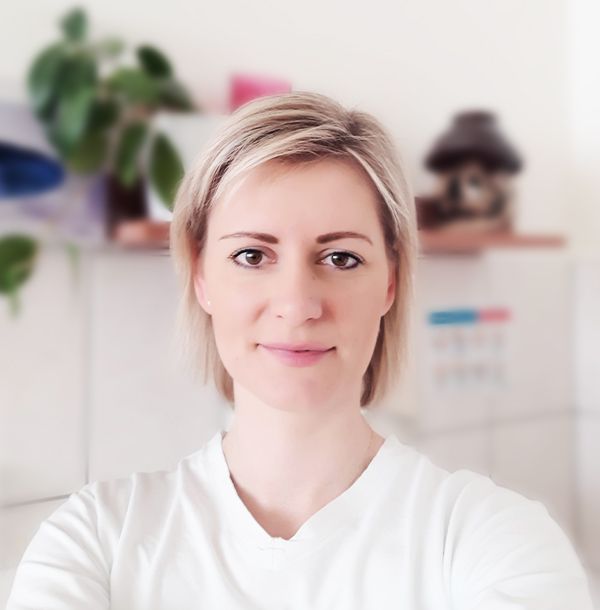
Hello,
appointing a home office usually involves some degree of compromise. What you definitely shouldn't compromise on is a quality chair with adequate support for your spine and head, which doesn't cause spinal muscles to slacken or overload neck muscles.
Other than that, set your screen to eye height. Long-term work on laptops causes poor posture, with head too far forward and increased chest kyphosis (forward curve of the spine). This posture aggravates muscle imbalances that may eventually lead to the cervicocranial syndrome you mention. Also, get up regularly to stretch - your rehab therapist will surely teach you some exercises, or you can find them here on our website.

Stabbing pain under shoulder blade
Hello,
I've had stabbing pain under my right shoulder blade for a week now. It's worst with deep breaths and sneezes. Can you help?

Hello,
pain under the right shoulder blade that worsens when inhaling and sneezing may be caused by a rib blockage. I recommend visiting an experienced physical therapist or a doctor, who can examine you to identify the cause with certainty and propose treatment. Until then, feel free to try the chest pain and stretching exercise guides here on our website.

Herniated disc
Hello,
last month my doctor found I have a herniated disc and booked me into insurance-covered rehab. Unfortunately, the waiting time is 2 months. What can I do in the meantime? Thank you.

Hello,
a lot depends on the location and magnitude of the herniation. In general, easy exercise (walking, Nordic walking) can be recommended, to maintain general fitness. I wouldn't recommend running or jogging, which strains spinal discs more than walking. Also try exercises to relax the spine, but never to the point of pain. Exercising too hard can aggravate your condition with shooting pain, pins-and-needles sensations in the limbs, etc. Avoid bending low and major rotation of the spine, which could worsen the herniation. You can find some suitable exercises on this website.

Pain and swollen legs
Hello,
a year ago I was promoted to a managerial position. Since then, my legs have been swelling and aching. Can you help?

Hello,
while I don't know what your previous position was like, I assume your new managerial work mostly involves sitting at a computer. Your problems may be the result of pinched veins at the back of the thigh, which commonly results from prolonged sitting in unsuitable postures. Think about the postures you mostly sit in (legs crossed, folded under the chair, …), what shoes you're wearing (high heels, slippers, …), and how often you stand up and walk around.
Painful swelling is often caused by blood pooling in the legs when the veins supplying them are pinched. To prevent this, your feet should rest on the ground, with a right or slightly larger angle at the knee (for static-seat chairs, including standard office and ergonomic chairs). Loose, open, heelless shoes are ideal. It's important to move around regularly - try flexing and extending your toes a few times a day, getting up to walk around for a bit, or walking up some stairs if you can.
If you have an Adaptic therapeutic chair, the knee angle can be more open (100 - 110 degrees), which is easy to do with the tilting seat. Opening the knee angle helps reduce pressure on the lumbar area.





